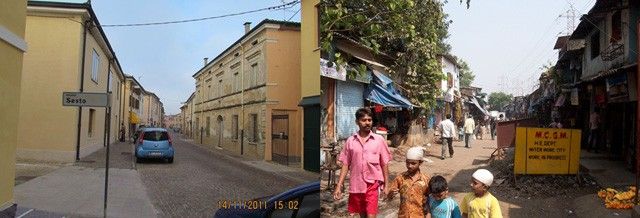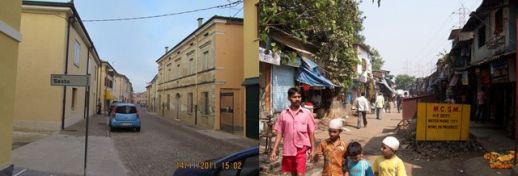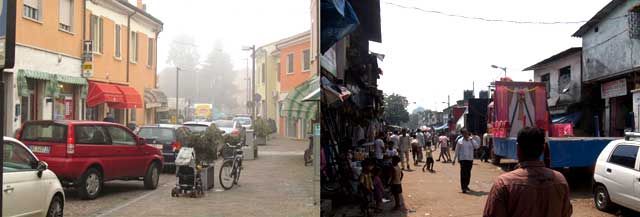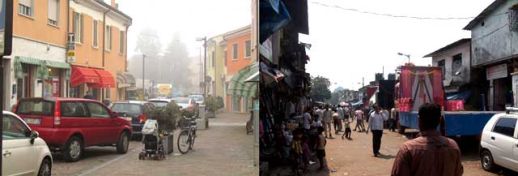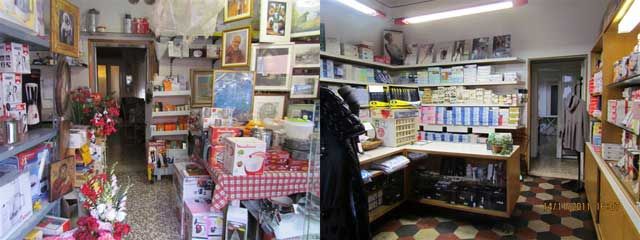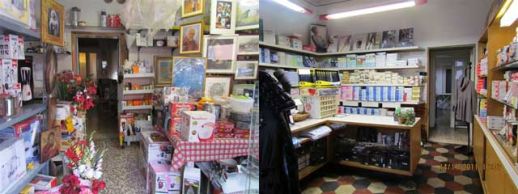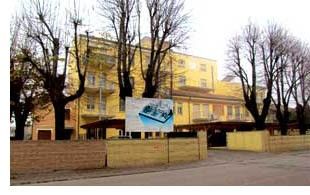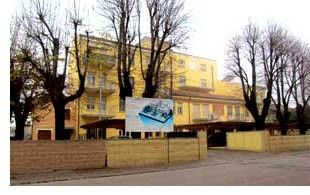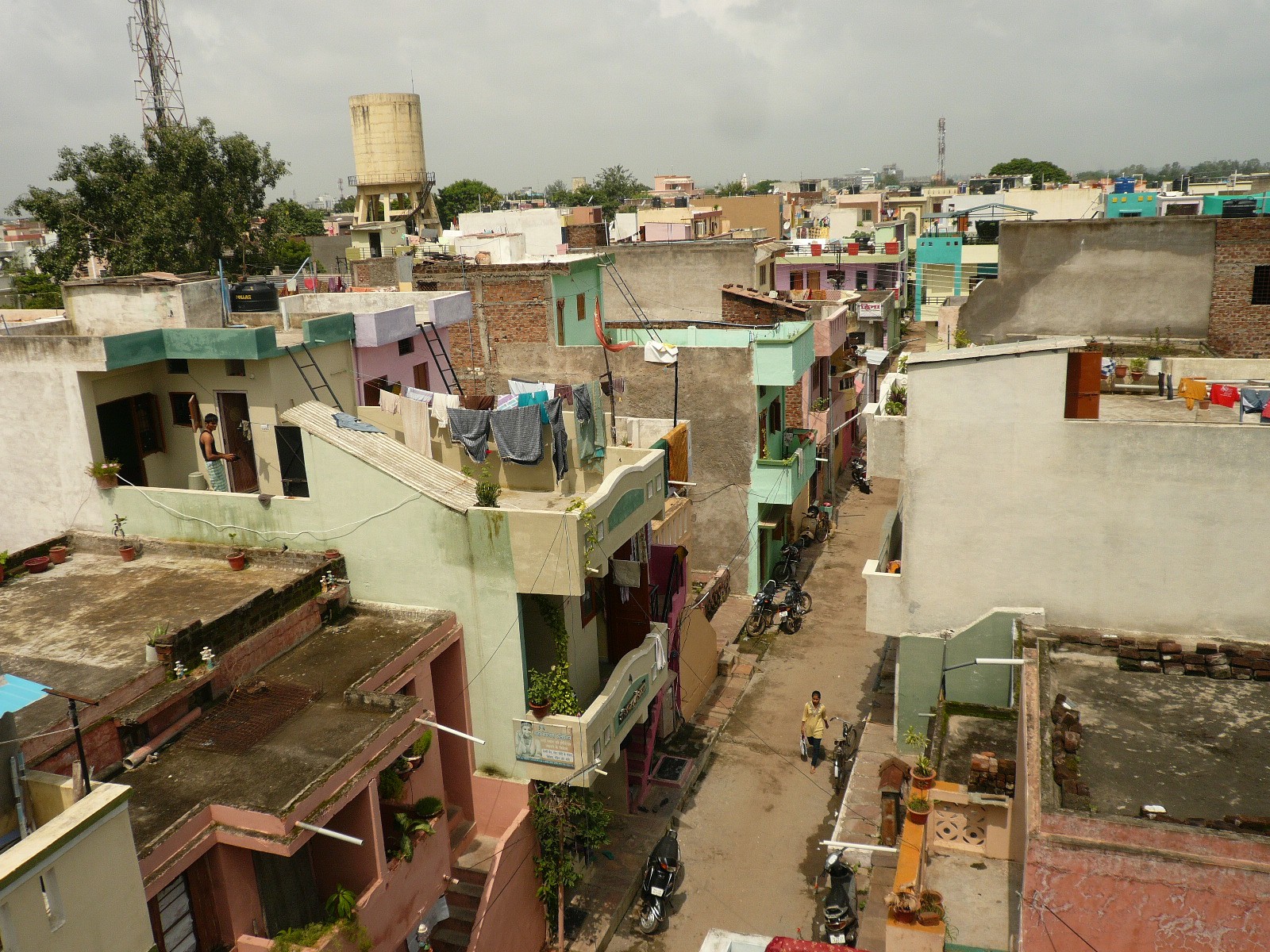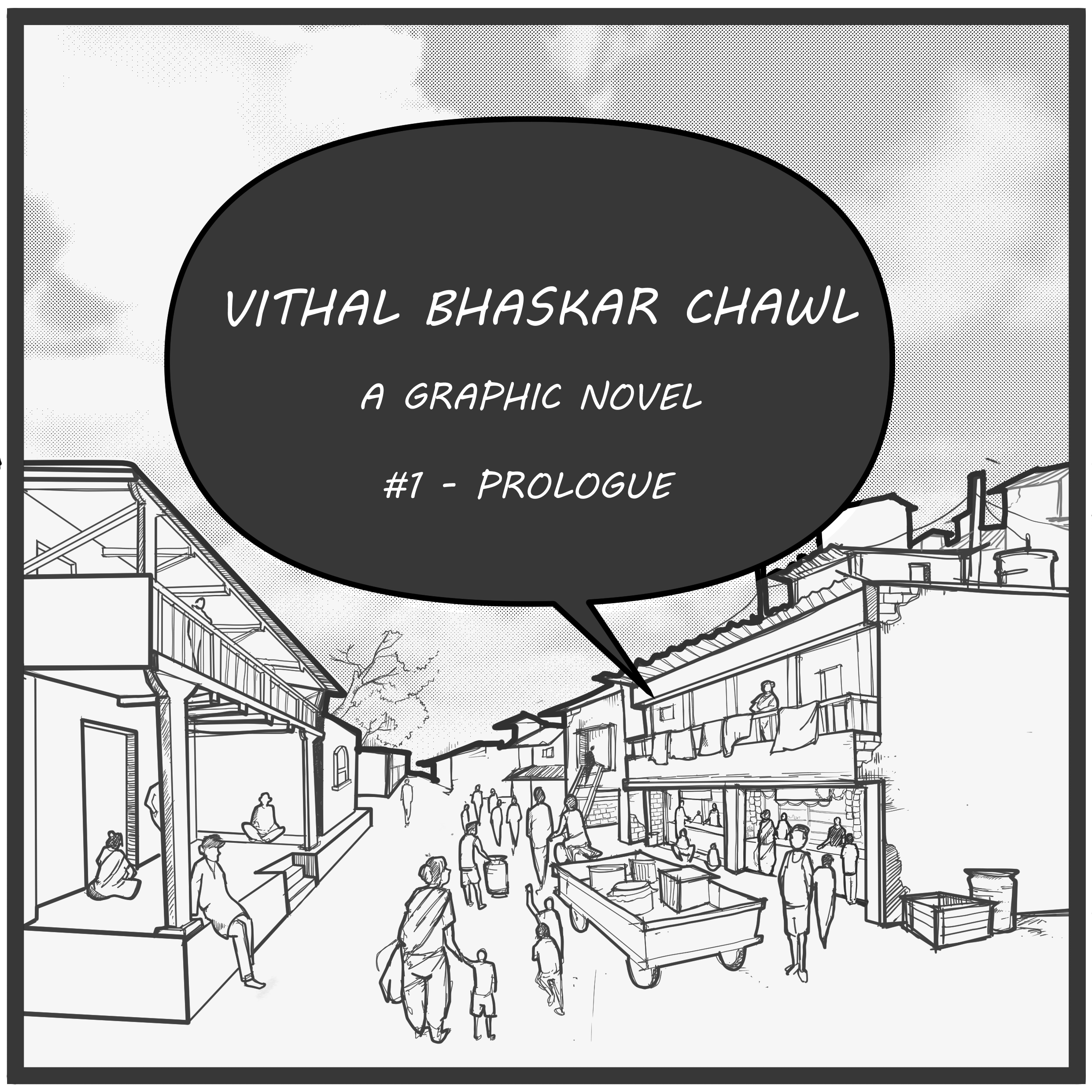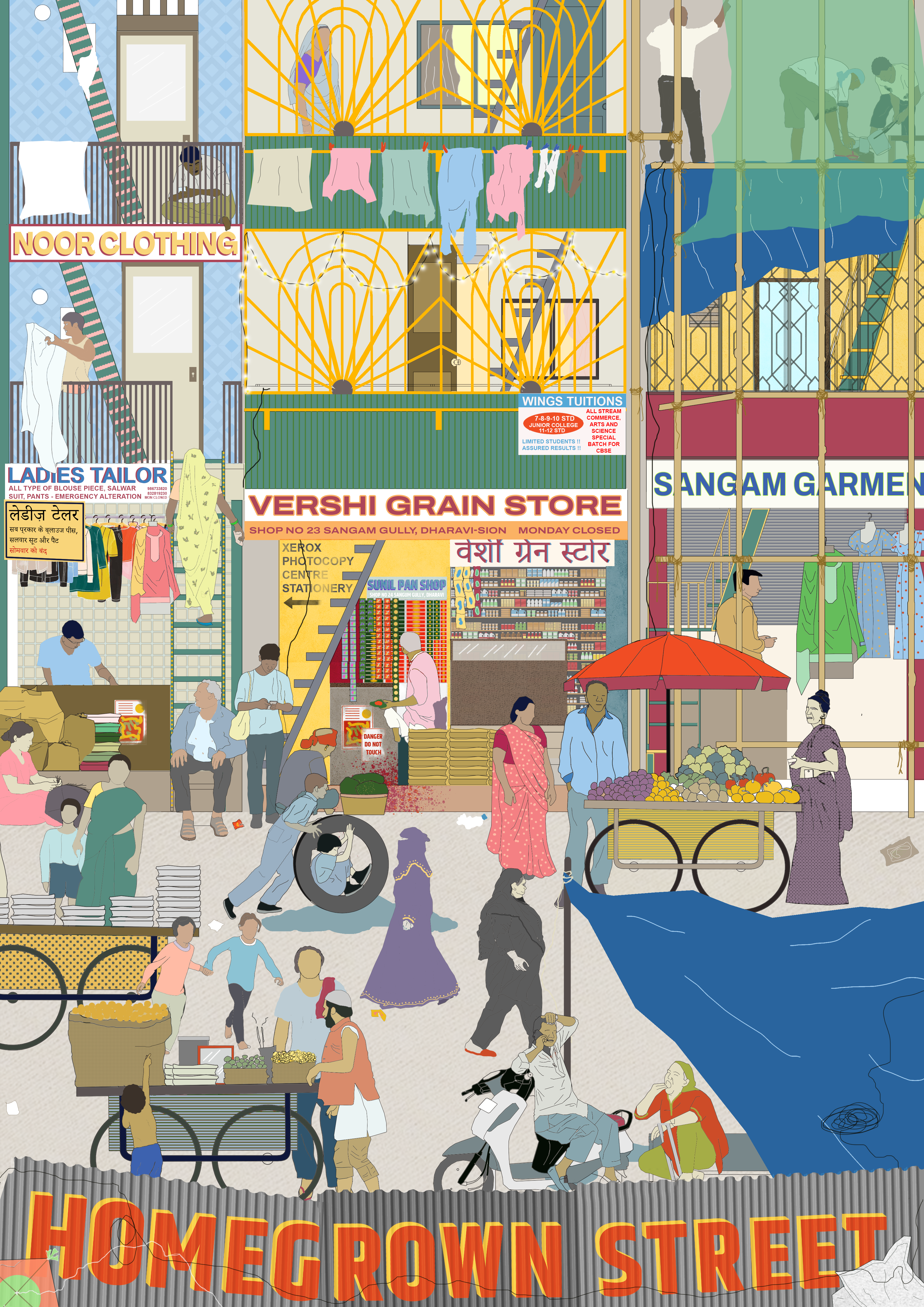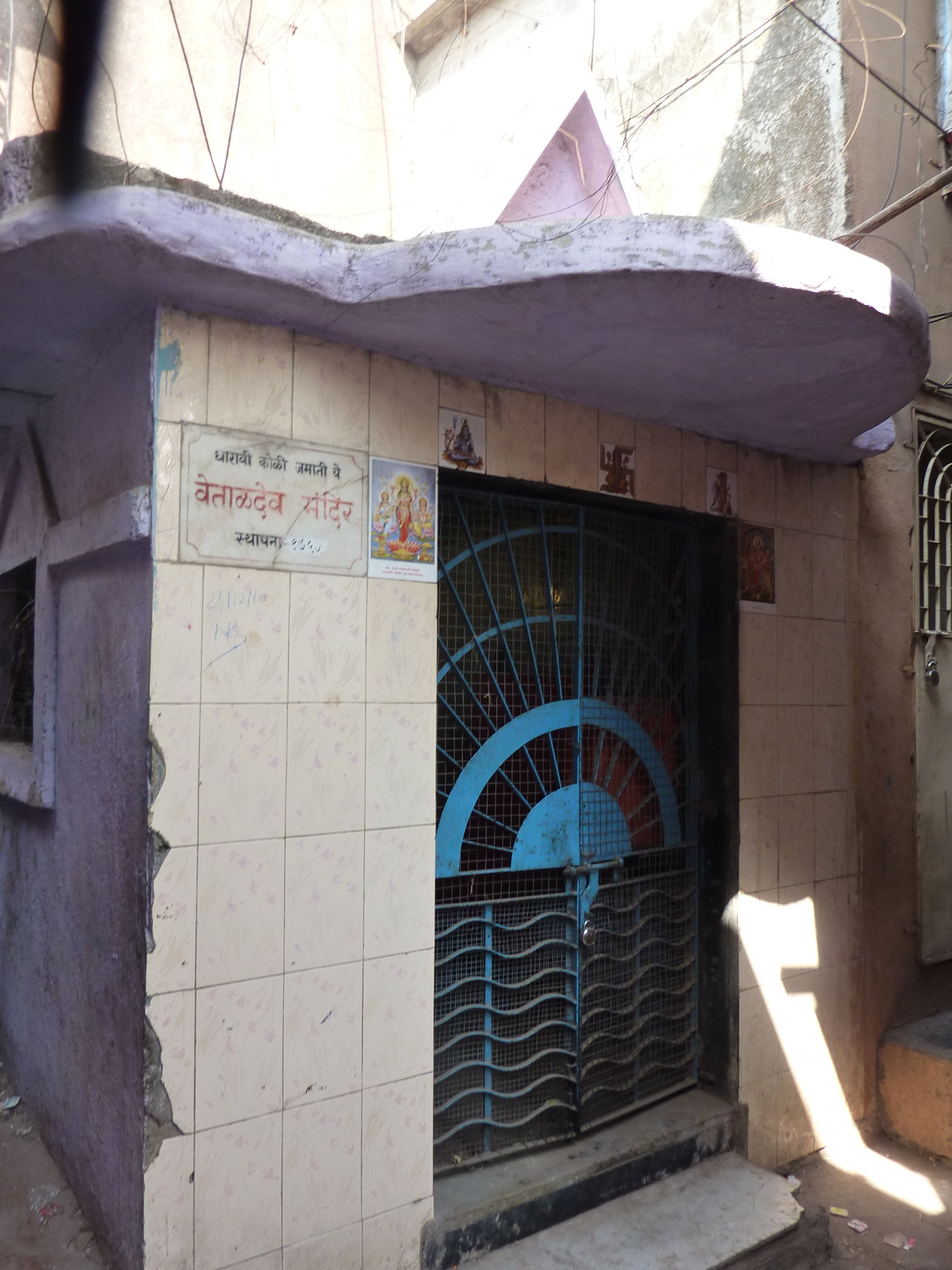Tale of Two Villages

Tale of Two Villages
We have for long opposed the reality of the city to that of the village. However, my observations in Dharavi, a large unplanned neighbourhood in the centre of Mumbai, which is the most populated city in the world, tell me that they have more in common than is commonly acknowledged. This article describes the curious similarities between the small Italian village I come from and Dharavi.
The village in question is Buscoldo, in the north of Italy close to Mantova. The population is roughly 2500, while the population of Dharavi is estimated at 700,000. In spite of these stark differences in number, the two places share common trajectories of incremental development and organizational patterns.
Moreover, Dharavi is itself a collection of smaller neighbourhoods, which typically fiercely resist being amalgamated into each other.
The oldest part of Dharavi, Koliwada, was founded by a tribal fishing community, the Kolis. They settled there before the Portuguese and British arrived in Mumbai. My village is traditionally connected with agriculture. Historically, it was also a strategic military base.
In Dharavi, people notoriously created their habitat without any specific help or planning from the government. They used their know how to develop the place in response to their needs. This appears clearly when you walk through the neighborhood. Houses are really close to each other, the street is a market place and space for social interactions. Houses typically have a shop or workshop at the ground floor and the neighbourhood feels extremely dense in terms of structures and population.
In my village, we can also observe unplanned areas with the same features where the same kind of dynamics take place every day, or at least on specific days of the week. Unfortunately this reality is dying because of globalization forces (big AC supermarkets) that cuts-off local activities. So the risk, we are going to face, is that any village will become just a dormitory, where the work space and the living space will be totally split and the community and social relations will be cancelled.
But if we stop our sight on one of these houses which forms the oldest part of my village, we can notice that some of them are still “tool-houses”, even if they do not hold the same importance as before. According to URBZ (Matias Echanove and Rahul Srivastava), the“tool-house” is a place where the actions of living and working are not neatly divided, where every single nook and corner becomes an extension of the trade of its inhabitants.
This kind of bottom-up development has been the core of the economic Italian system from 50 years ago, but now is going to disappear in this post-industrial-crisis era. In Dharavi this is not happening, so should we imagine that this kind of vernacular model will take place again and will be able to generate a new development in European society?
POPULATION DENSITY
Unfortunately the population density in my village is not reflected anymore in the density of homes, because the economic system and the needs of society needs have changed. Also if we consider what happened in Dharavi, we can notice that the local economy is still strong. Besides, the community still remains important. This is unlike what is happening in my village, where this kind of local and “self-supported” economy is losing is strength and in some ways this impacts the sense of community as well.
MILL IN-FORMATION
In my village there was a big mill (photo on the right), which produced flour from grain and maize. It was a big structure, which stopped production during the 80s. The building remained empty for almost 20 years. It was in the beginning of 2000 that it was transformed into an apartment building block. Instead of demolishing this old structure the local contractor decided to keep it safe and re-use it in a different way. This was a small gesture of generating a new shape by an incremental-improvement process. Something that characterizes Dharavi a lot, since it is a neighborhood constantly in-formation, where every family creates and evolves their own house, bit by bit.
Finally it is important to think about the process of urbanization itself that connects Dharavi to my village. In both cases there were not too many regulations and laws and rules, historically that interfered with the ability of Buscoldo or other Italian towns to reinvent and reproduce themselves. In fact, I think this is the main feature which combines these two apparently very different realities. Though of course today this ability to reinvent our town or villages is strictly constrained by urban planning rules.
